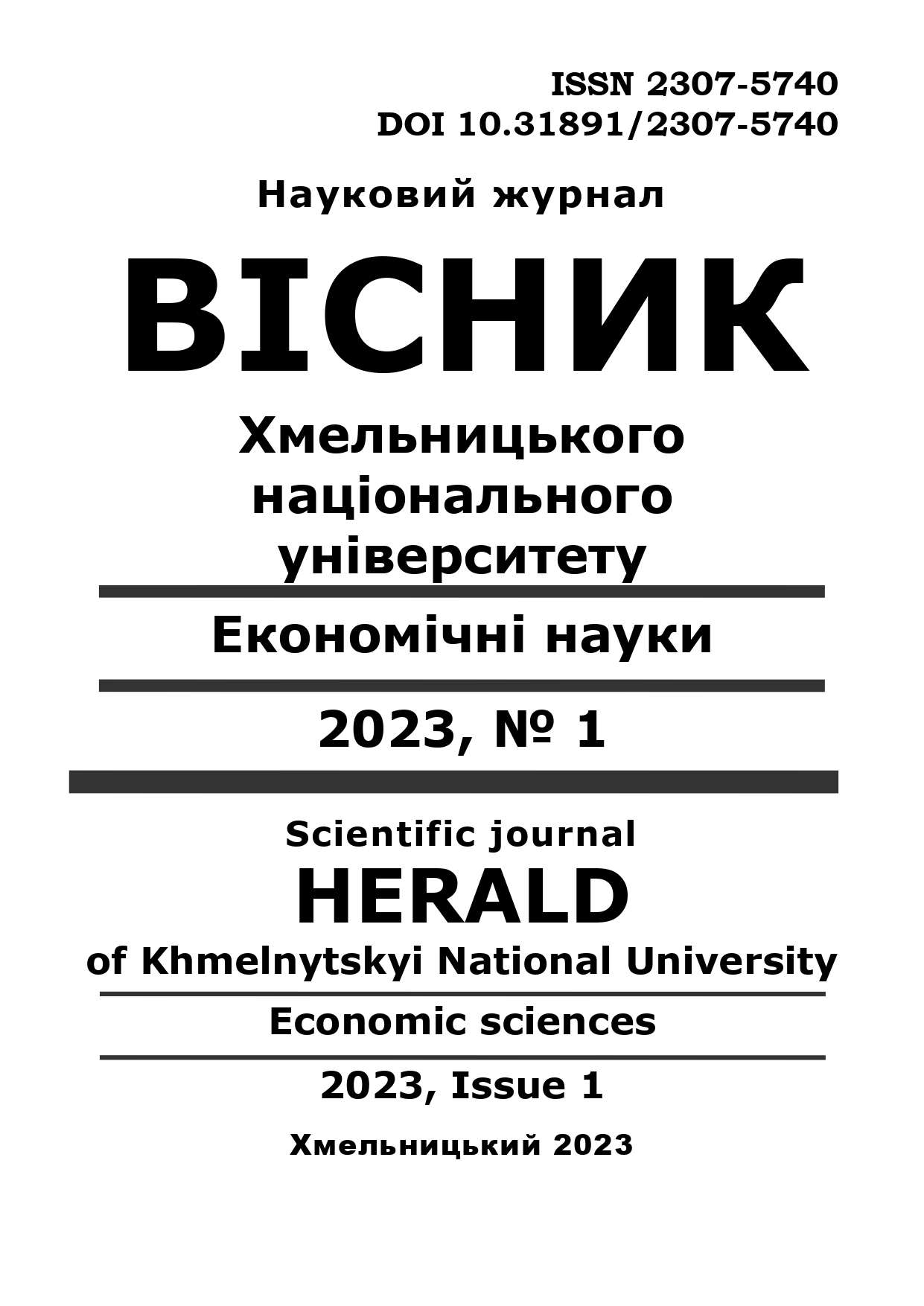SIMULATION OF COMPLEX EFFECTS OF THERMAL MODERNIZATION MEASURES OF THE BUILDING TAKING INTO ACCOUNT INVESTMENT LIMITATIONS
DOI:
https://doi.org/10.31891/2307-5740-2023-314-1-11Keywords:
capital investment, thermal modernization of the building, energy consumption, thermal resistance, boiler efficiencyAbstract
The article simulates the impact of the complex application of energy-saving measures on the energy efficiency indicators of a public brick building. During modeling, the economic factor – capital investment in energy saving measures – was taken into account. Similar simulations are carried out during energy audits of various types of buildings. Performing energy audits of residential and public buildings in the city is, in accordance with the Law of Ukraine "On Energy Efficiency", an important part of Ukraine's energy conservation policy. Energy audits are required for: a) development of an energy certificate, which is required for many new and existing buildings in accordance with current legislation; b) attraction of funds from the energy efficiency fund and other funds for the needs of thermal modernization; c) obtaining reasonable indicators that will allow building owners to make energy-efficient decisions. The energy audit report contains three stages: the stage of obtaining information, the stage of analyzing information and developing energy-saving recommendations, and the stage of technical and economic substantiation of the proposed energy-saving recommendations. At the first stage, energy auditors collect raw data about buildings. Existing buildings are often characterized by the lack of insulation of opaque enclosing structures, the presence of translucent enclosing structures, the reduced heat transfer supports of which are significantly lower than the minimum permissible values, and outdated sources of heat supply. During the second stage, mathematical models are developed that allow obtaining technical and economic indicators of energy saving measures. The third stage is the substantiation of optimal measures that must satisfy technical and economic constraints. The work analyzed the dependence of the general indicator of specific energy consumption during heating and cooling of a two-story brick public building under the condition of modernization of the gas boiler, as well as insulation of the brick facades of the building with polystyrene foam plates of different thicknesses. At the same time, an analysis of both individual and complex application of the specified measures was carried out. General capital investment in thermal modernization was adopted as an economic indicator that sets limits on energy saving measures. As a result of the modeling, it was established that in order to determine the optimal measures to increase the energy efficiency of the building, it is necessary to use optimization mathematical devices that take into account the existing restrictions and can be integrated into mathematical models that calculate the basic level of energy consumption in compliance with the normative parameters of the building's operation.


